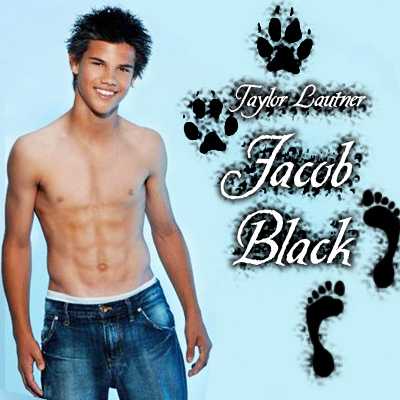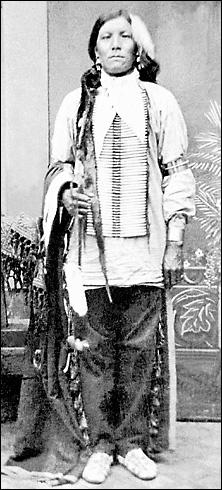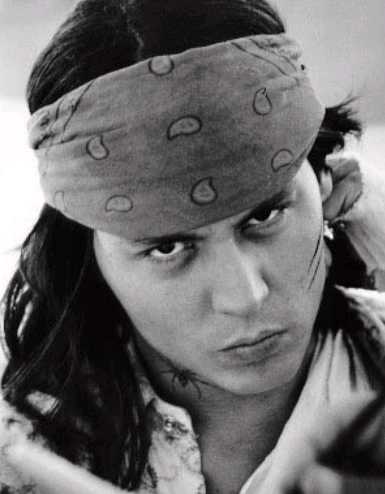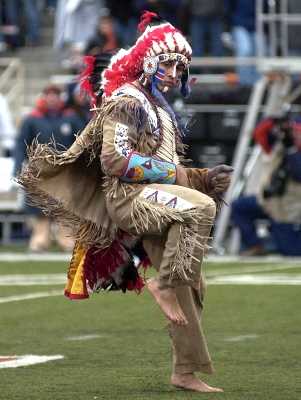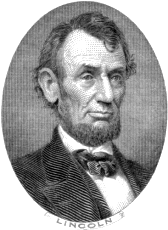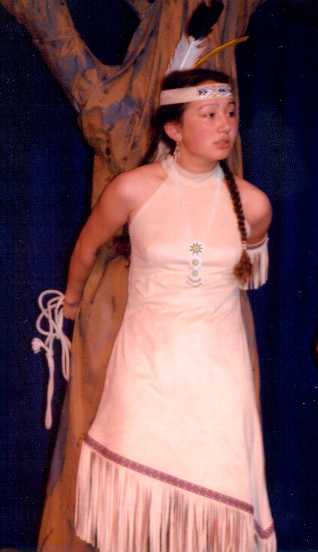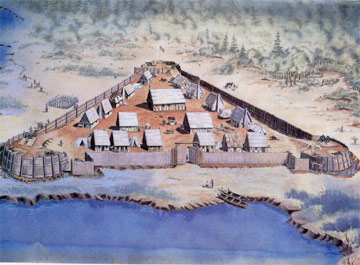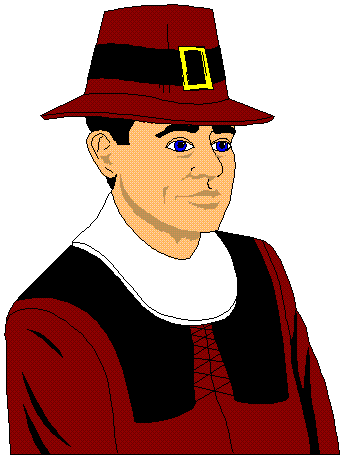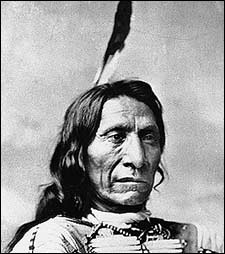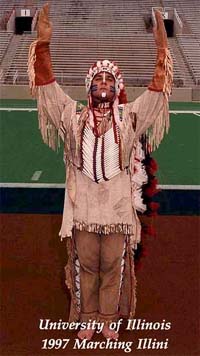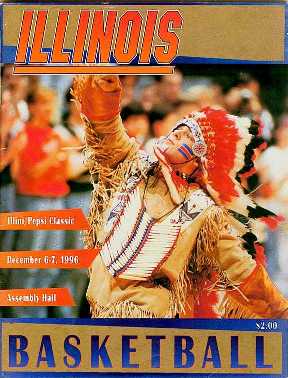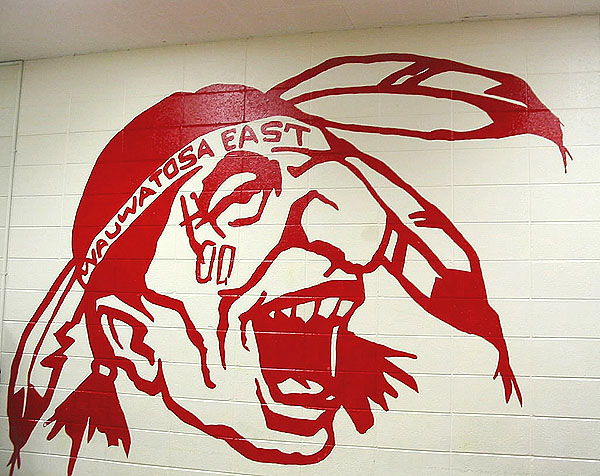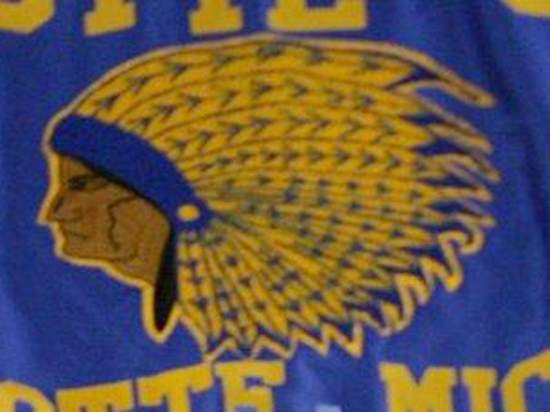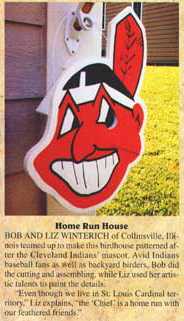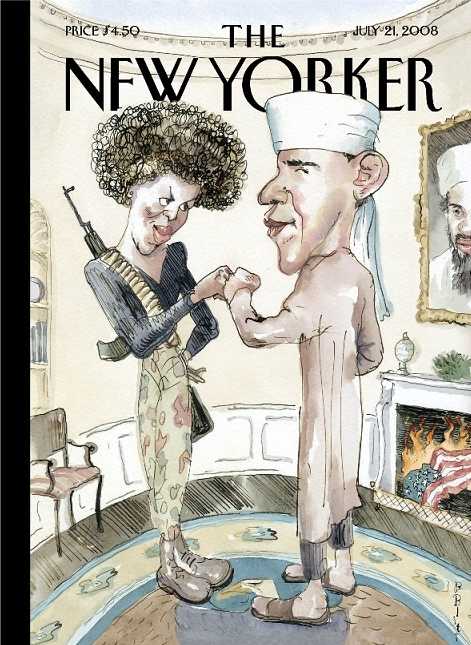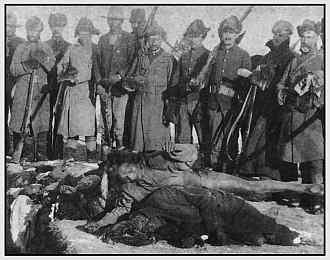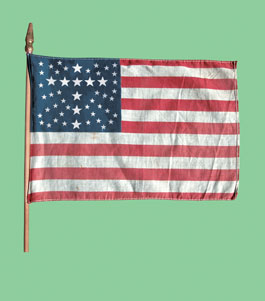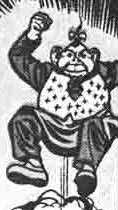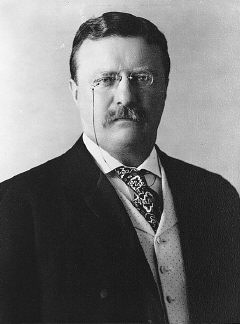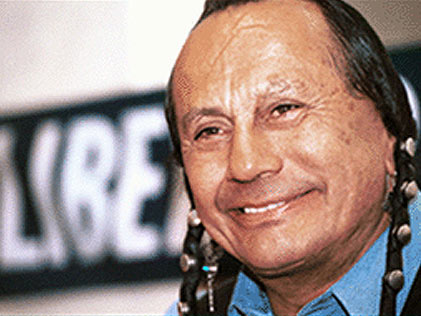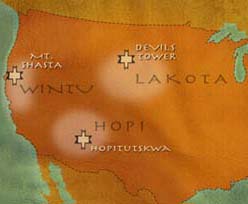In the comments section of
Non-Native Cast as Quileute Werewolf, people have made a lot of silly claims. You can read those claims there, but here are some responses:
Did anybody read the statement that
Twilight's producers cast Lautner first and
then discovered he has a fraction of Native blood? They didn't intend to cast a Native; they intended to cast a non-Native. I don't give them credit for making a racist decision and then getting a lucky break.
Lautner an enrolled Indian?!Lautner isn't an enrolled member of any tribe and he isn't half Native. These claims are flatly false.
His fraction of Native blood is so small that he didn't know about it before he was cast and still can't quantify it. These factors make him a non-Native, not a Native.
Lautner isn't Native by any stretch of the definition. I've listed what I consider the requirements for being an
actual Indian and Lautner doesn't fit any of them.
In contrast, Burt Reynolds is 1/8 Cherokee according to
Wikipedia. I'd prefer that Hollywood didn't cast Reynolds as an Indian, but he's a lot closer to being Native than Lautner is.
I don't need to see Lautner in
Twilight to judge whether a non-Native should be playing a Native. Even if Lautner were an Oscar winner, my answer would be no. Casting non-Natives to play Natives is wrong in principle.
The choice of actors isn't between a talented non-Native and a talentless Native. It's between a moderately talented non-Native and one of the many talented Natives who can't get jobs in Hollywood because of racist casting decisions. Such as the decision to hire Lautner.
Does Lautner look Native?Re "He has brown skin, dark eyes, almond shaped eyes, and a nose that is not typical of most Europeans": Every part of him is more or less Caucasian except his skin color and maybe his eyes.
His "dark eyes"? Dark brown eyes are dominant in Caucasians. His nose? He has the cute button nose of millions of Anglo girls. His nose is the exact opposite of the (stereo)typical Indian nose, which is long and straight.
Re "The question should be asked how does the man view himself": Lautner answered that when he said, "I’m mostly French, Dutch and German." He's never identified himself as primarily Native. He didn't even
know he was part Native until after he was cast.
Then we have these dueling claims:
My father is a north pacific Indian, he is very tan and has short hair.And:
[T]hey at least made [Lautner] look like a native!!!!Yeah, they made him look like a stereotypical Indian by giving him a wig. They gave him a wig because they didn't think he looked like an Indian without one. Duh.
I know that most Native men have short hair. But
Twilight's producers don't know that. They cast Lautner despite his not having any known Native ancestry and not having (stereo)typical Native hair. They didn't think he
looked Native or
was Native but they cast him anyway.
Twilight "just a movie"?As for the asinine claims that
Twilight is
"just a movie," I don't know how many hundreds of times I've addressed and dismissed such nonsense. But for those who still can't grasp the problem, here are some questions to answer:
Would you accept a tiny Asian woman playing George Washington? How about Britney Spears playing Martin Luther King? Mr. T playing the Virgin Mary? A hunchbacked "Elephant Man" playing your mother? Why not, if a movie is just a movie?
And don't waste my time saying that
Twilight is fiction but George Washington, Martin Luther King, the Virgin Mary, and your mother are "real."
Twilight features the very real Quileute Indians. They're as real as any of the people I've named.
For more on the subject, see such postings as
The Influence of Movies and
The Many Excuses for Racism. Unless you agree with the casting choices listed above, I'm talking about
your racism (and sexism).
Finally, someone referred to "white-looking Native Americans." I don't know who this person is talking about. As I've said repeatedly, I'm not Native myself. Unlike Lautner, if I found that one of my great-grandmothers was an Indian princess, it wouldn't affect my self-identification.
I couldn't care less if fans are "frustrated" because I've criticized their favorite pretty-boy whom they want to kiss and cuddle. If you can't address the issues I've raised, don't bother sharing your feelings with us. Your unrequited Lautner love isn't my problem.
For more on the subject, see
Quileute Werewolves in Twilight.
Below: "I look so much like an Indian that they had to give me a wig!"
